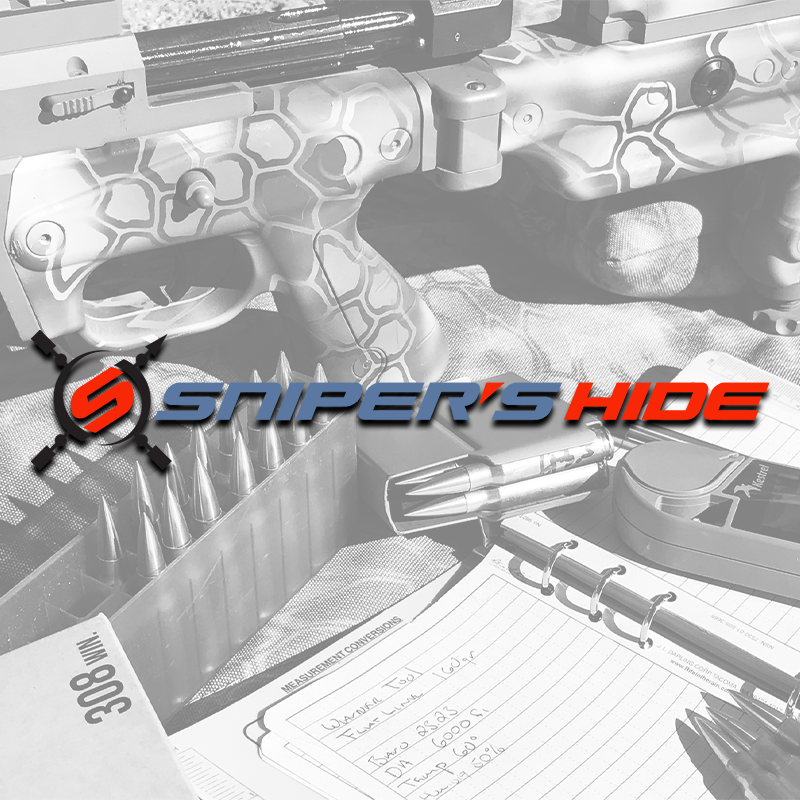BTW, it isn't just thermal clipons that can have collimating prisms. Most NV clipons also have collimating prisms. The only NV clipons I can think of that don't are the SIMRADs (PVS-9 and PVS-9a) as they have the mechnical adjustments for collimation instead (late 80s technology). The cheaper and commercial thermal clipons have digital colllimation, ability to move the screen image up down/left right to get them aligned. The higher end military thermal clipons have prism collimation, like the various BAE/Trijicon UTC units or the LWRS-LR.
And in general collimating lenses are not restricted to clipons ... many sorts of binocolulars telescopes etc also have collimating lenses. Read about "optical wedges" or "risley prisms"
If someone decides to go with a commercial unit, be aware the big variables in repeatability for a non-prism collimated unit are YOU and THE MOUNT. The "scope" itself is not a variable (except in rare edge cases, which we could categorize as defects).
1 - Mounts should be solid and adjustable and setup for the rail in question. Not too tight and not too loose. Juuuust right

2 - Mounting process. Practice your mounting process. Put something like a larue rail clipon on your rail to help you index the proper location BY FEEL. So you can dismount and remount in the field without looking. And practice, practice, practice. And per a tip from KSE, lightly grease the mount and rail section occasionally to minimize false friction. This is a KEY trick !
Point is a lot of people ask, "if the xyz scope repeatable" ... and the answer is "NO" ... and an equally valid answer is "YES" ... because the scope itself is not involved in repeatability. The mount is and the primate is. You use a good process and practice, practice, practice and measure your results. After you've collimated, remove the clipon and remount and shoot another group, then dismount the clipon and remount and shoot another group. Then measure the results. That will tell you where you are. And even when you are "experienced" repeat this process occasionally - quarterly ? To verify where you are !!!
==
In my review of the Tig-IR, I was able to remount the thermal clipon and get a one shot kill on a rabbit at 350yds off the tripod. Certainly not HERO stuff, but it shows that it is possible to remount even non-prism collimated thermals and kill smaller targets at some distance. So non-prism collimated thermal clipons are not worthless !!
Ok, here’s my explanation... That actually makes sense to me. As I have mentioned, Jay has a cool trick for this, but it is his baby, so he should share it.

www.snipershide.com
==
Further note, there's a lot going on - on the rear ends of those UTCs ...
1 - Prism Collimation
2 - Demagnification
3 - Focus
We already discussed collimation a bit so
2 - Demagnification
The front end lenses of the thermal clipons are almost never 1x if the lens is of any size, so that means the backend has to demagnify by the same amount in order for the net magnification thru the clipon to be 1x (else we wouldn't be able to use our reticles)
The UTCs do this demagnification optically (the LWTS-LR does this in software, taking the 2x front lens down to 1x net by a software 0.5x demag).
The optical demagnification results in a cleaner/clearer image but of course, it costs more.
3 - Focus
Hold your hand up in front of your day scope, its really fuzzy. But if you put a jewelers magnifying lens up there it clears up. So the UTCs do this also.
So, it might not be intuitive, but the rear end of those UTCs is where the magic is happening - and that's one reason they cost so much !!!



